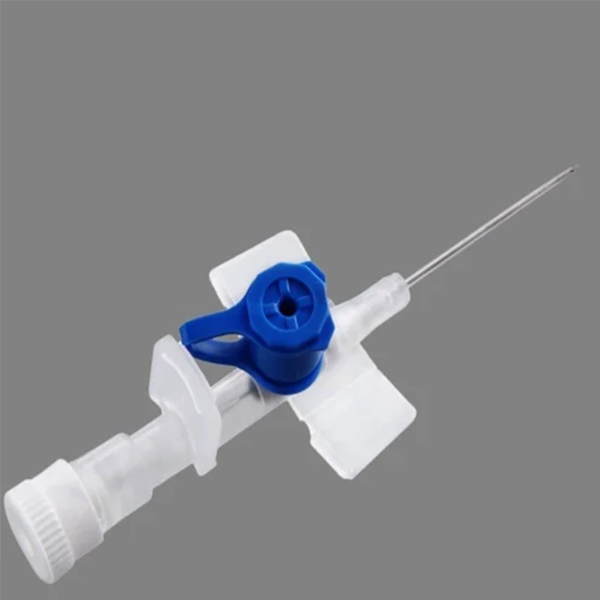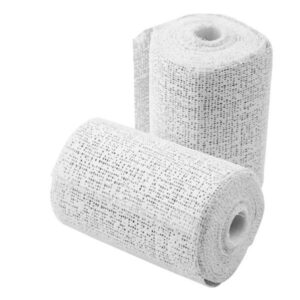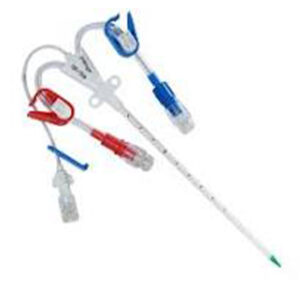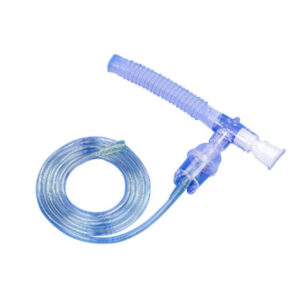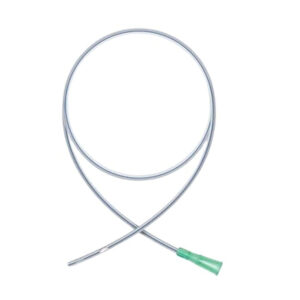IV Cannula With Injection Port
An IV cannula with an injection port, also known as a peripheral intravenous catheter with an injection port, is a common medical device used to establish short-term intravenous access. This type of cannula allows for the continuous administration of fluids and medications directly into a patient’s bloodstream and provides a convenient way to administer additional medications intermittently without needing to insert another needle.
Minimum Quantity Order: 500 Unit
Price: Negotiable
Product Enquiry Form
Sharing is caring:-
Description
Dimension – An IV cannula with an injection port, also known as a peripheral intravenous catheter with an injection port, is a common medical device used to establish short-term intravenous access. This type of cannula allows for the continuous administration of fluids and medications directly into a patient’s bloodstream and provides a convenient way to administer additional medications intermittently without needing to insert another needle.
Here’s a breakdown of its key features:
- Catheter: This is the slender, flexible tube inserted into the patient’s vein. It’s typically made from biocompatible materials like polyurethane or Teflon, The catheter’s inner and outer surfaces are designed to be smooth for easier insertion and to minimize trauma to the vein.
- Needle/Stylet: A sharp, beveled needle guides the catheter into the vein during insertion. Once the catheter is successfully placed, the needle is withdrawn and safely discarded. Some cannulas are designed with a safety mechanism that automatically encapsulates the needle tip after withdrawal, minimizing the risk of needle-stick injuries.
- Wings: These are flat, flexible extensions from the catheter hub that provide stability during insertion and help secure the cannula in place with tape or an adhesive dressing once inserted.
- Injection Port: This is the most defining feature of this type of cannula. It is usually positioned on the side of the catheter hub and contains a self-sealing mechanism (often a silicon valve or elastomeric sleeve). This valve allows for the introduction of medications using a syringe without needing to puncture the main catheter line or insert another needle into the patient. The valve’s one-way design prevents backflow of blood or infused fluids and maintains the integrity of the catheter system.
- Flashback Chamber: This transparent chamber connected to the needle allows healthcare professionals to visually confirm successful vein entry by observing a flashback of blood filling the chamber.
- Luer Lock Plug/Connector: This ensures a secure connection between the cannula and other medical devices or infusion systems, preventing accidental disconnections or leaks.
Benefits:
The injection port offers several advantages:
- Convenient and Efficient Medication Delivery: Medications can be administered intermittently without requiring repeated venipunctures, which improves patient comfort and saves time.
- Reduced Risk of Complications: The self-sealing mechanism of the port minimizes the risk of contamination and infection, as it provides a closed system for medication administration.
- Enhanced Patient Comfort: By eliminating the need for additional needle sticks, the injection port contributes to a more comfortable experience for the patient.
Important Note: It’s crucial for healthcare professionals to adhere to strict aseptic techniques when using the injection port to maintain sterility and prevent complications like infection. Repeated use or improper technique can potentially damage the self-sealing mechanism, leading to leaks or other complications.

